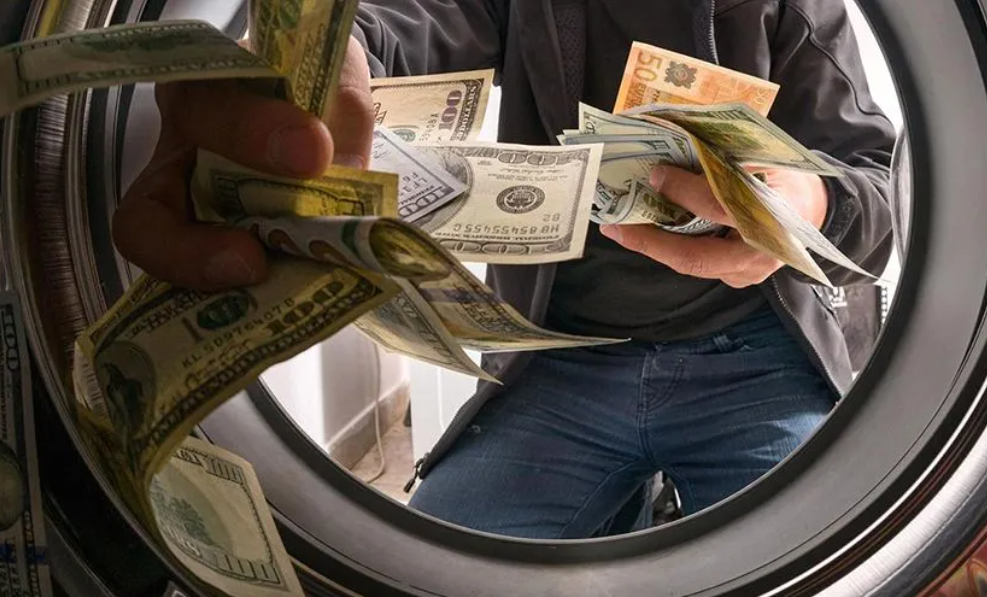💸 One Token – A Hundred Traces: The Art of Hiding Millions in Crypto
Today, as digital assets and decentralized platforms become more widespread, criminals are inventing increasingly sophisticated money-laundering schemes.
One of the most popular tactics in 2025 is breaking large sums into dozens or hundreds of small transfers across numerous wallets.
Millions are disguised as hundreds of $50 transactions. Even experienced blockchain analysts struggle to trace the true sources of funds. Cash-outs often happen through lightly regulated new exchanges – or even in offline “cash for crypto” deals.
How does it work? And is it even possible to follow the digital trail to the end?
A Four-Act Scheme:
1.Structuring
It all starts with a large amount – say, 10 BTC. This is split into many micro-transactions – from 0.01 to 0.1 BTC each. Known as “structuring” or “smurfing”, it’s a classic obfuscation technique.
2. Scattering
The micro-amounts are spread across dozens or even hundreds of wallets. While there may be underlying connections, they’re not obvious. This creates a “smokescreen” to hinder tracking.
3. Recirculation
Tokens begin to “travel” between addresses via DeFi protocols, mixers, anonymous blockchains like Monero, or decentralized exchanges. Smart contracts are often used to automate and complicate the trail.
4. Consolidation
After several clever operations, the funds are reassembled – in a different currency, on new addresses, or on centralized platforms with minimal KYC. Some are exchanged into fiat via P2P trades or offline brokers.
🔍 Can it be tracked?
Yes, but with difficulty. Tools include:
- Blockchain analytics systems (Chainalysis, TRM Labs, Elliptic);
- Machine learning algorithms spotting transaction anomalies;
- KYC/AML systems at exchanges – if the funds make it that far.
But the more anonymous tech becomes, the harder it is to close the loop. In a digital economy, you can lose your money – or even easier, lose its trail.
All content provided on this website (https://wildinwest.com/) -including attachments, links, or referenced materials — is for informative and entertainment purposes only and should not be considered as financial advice. Third-party materials remain the property of their respective owners.


